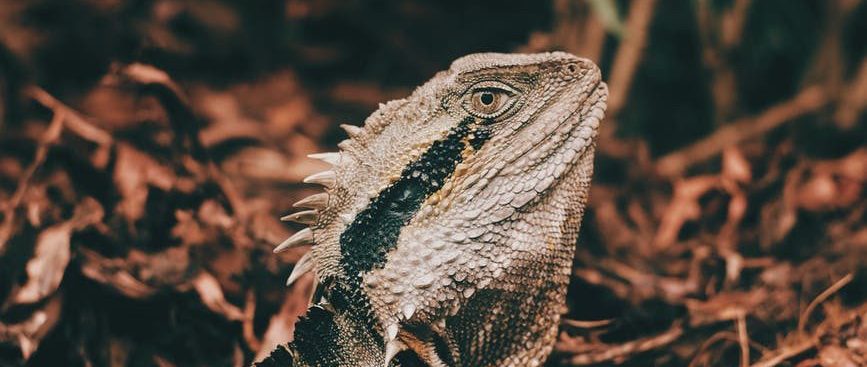Once your bearded dragon cage is ready and supplied, you’re ready to take your new bearded dragon home safely. Excitement fills the room as you take your beautiful beaded dragon cage and boa cage on the road with you and set up your new house of captivity.
When you take your bearded dragon and other pets from the carrier, don’t forget your Aquarium. You’ll need an aquarium of some kind for your aquatic friend. There are a variety of aquarium types and styles available from which to choose. Choosing one that’s appropriate for your particular situation will enhance your enjoyment of owning your animal friend.
It’s a good idea to have a couple of aquariums available for display in your home and office. Some people like to keep a larger aquarium for displaying their animals while others like to keep smaller beaded dragon habitats for displaying them when not in use. This is a personal choice, but it can make a big difference in the enjoyment of your beardie.
When looking into a specific reptile tank, it’s important to research the particular species you want to keep in order to get the proper environment for your animal. Make sure that your chosen species can survive in a captive setting, because if they can’t you may be dealing with a fish or reptile that won’t live for long in captivity. Many people keep different species of reptiles together to ensure that they can all breed, or that the offspring will survive in captivity.
Your aquatic reptile is going to need a habitat that allows him to hide away from predators. This means the tank should be large enough for your animal to hide comfortably. If you’re keeping one type of animal, be sure to consider the habitat your other animal will require. Different species can be housed in different sized tanks, so be sure to measure properly when purchasing a tank. The substrate and glass terrarium should be appropriate for your particular animal.
Before placing your bearded dragon habitat in your house, it is important to clean it thoroughly. This will help your new pet to have a fresh-smelling environment without the smells that come from an unclean enclosure. After removing the dirt and grime, inspect the tank and the substrate for signs of mold and bacteria. These organisms can cause infections in animals and humans. Remove your aquatic lizard immediately and replace it with fresh water.
The aquarium is important when it comes to housing your animal. A large aquarium will provide more room than a small aquarium because of the amount of space needed to contain your bearded dragon. For a bigger tank, be sure to consider including a UVB lamp in the aquarium, a temperature regulating bulb, and an aquarium filter. You should also include a substrate that can hold the weight of your bearded dragon. A substrate that is too loose can result in your animal spilling over into the substrate and causing damage to the aquarium.
The cage is the heart of any bearded dragon’s habitat, so make sure to purchase one that is large enough for the size of the bearded dragon you own. The cage should be made of durable material and be able to hold enough room for the animal. Your beard’s toys should also fit into the cage as well as the cage should be wide enough for your pet to comfortably maneuver around inside.
Make sure the lighting is adequate for your animal. If you have a small tank, make sure to install low wattage bulbs to ensure your aquatic lizard will receive enough light for a long period of time. If you have a larger tank, you can either purchase a flood light or use fluorescent lighting so your fish can see the sun and the bottom of the tank during the day.
Be sure your beardie has enough space to explore its environment and sleep comfortably. If your tank is too small, your bearded dragon will feel cramped and uncomfortable and not have enough room to run around. If you have too much room, your bearded dragon may get stressed and feel like he cannot move around. Be sure to place several shelves along one wall of the tank so that your bearded lizard can climb and explore.
In the winter, it is especially important that your beardie have access to warm, but not hot, water. Be sure to check your aquarium water at least twice a month to make sure that the water is free of algae and fungus. If you keep the temperature too high for your bearded dragon in the winter, your aquatic reptile may freeze to death.
